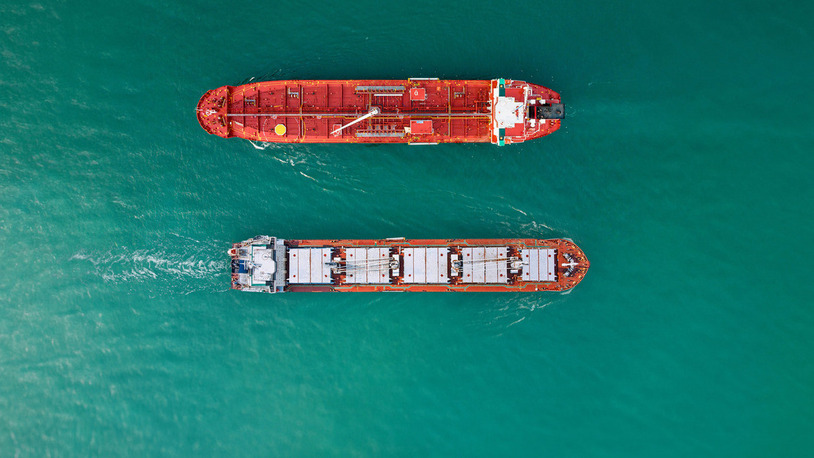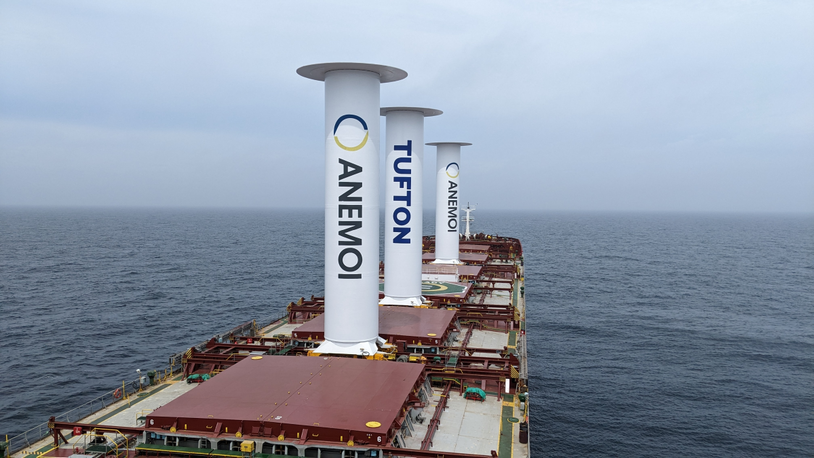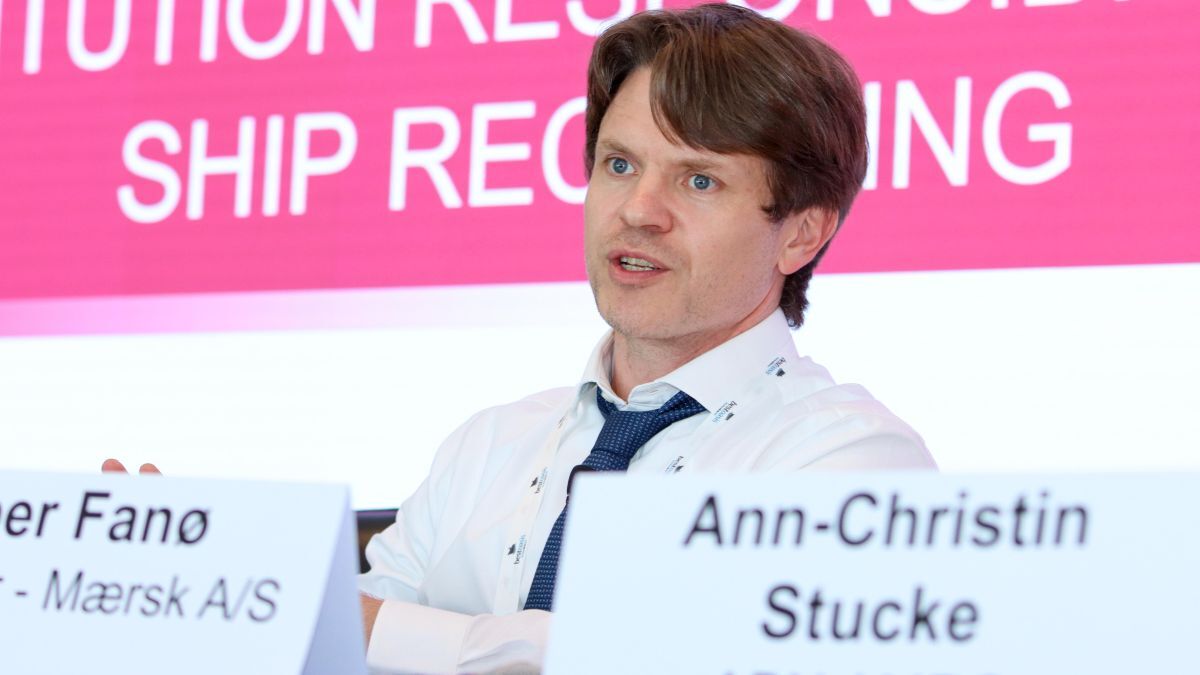Business Sectors
Contents
How to satisfy low sulphur fuel controls
The implications of low sulphur fuel regulations and the options available to meet them are explained by Timothy Wilson, manager of Lloyd’s Register’s fuel oil and bunker analysis and advisory service (FOBAS)
Limits on the sulphur content of marine fuels and requirements for certain procedures during its delivery were set by Regulations 14 and 18 of Marpol 73/78 Annex VI, which came into effect on 19 May 2005 and applied to all ships of 400gt or above.
Regulation 14 addresses the mechanisms for controlling sulphur oxide (SOx) emissions from ships and sets a global cap of 4.5 per cent m/m on the sulphur content of all marine fuels.
Regulation 18 covers issues relating to fuel quality, sampling and delivery. In order to demonstrate compliance with Annex VI, ships should ensure that their fuel suppliers provide a representative statutory fuel sample and a compliant bunker delivery note for all fuel grades and for every bunker supplied.
Ships should retain these bunker delivery notes for three years, and statutory fuel samples should be kept for a minimum of one year or until the fuel has been substantially consumed.
The current average sulphur content of a residual marine fuel is approximately 2.7 per cent m/m, and so compliance with Regulations 14 and 18 will cause few difficulties in many cases, provided that the statutory procedures are followed. The full impact of the regulations, however, will be felt on 19 May 2006 when the Baltic Sea becomes the first so-called ‘sulphur emission control area’ (SECA).
In a SECA, the maximum fuel sulphur content permitted will be much lower than the global limit. Under Regulation 14 it will not be allowed to exceed 1.5 per cent m/m unless an exhaust gas cleaning or other abatement system is installed to reduce emissions to a maximum of 6 gSOx/kWh.
Further SECAs will be introduced in the future, and it is expected that the North Sea and English Channel will become so around November 2007.
Most shipping companies have started to consider their fleet trade routes carefully and are identifying strategies for making their ships compliant with the more restrictive sulphur limits that will apply when trading in or through a SECA. This is not a simple task, since any strategy is likely to depend on the access to low sulphur fuel; and, at this stage, suppliers are still undecided as to where they will be making stocks available.
Currently, suppliers seem confident that they can make sufficient quantities of fuel available for the European Union SECAs with a sulphur content of no more than 1.5 per cent m/m. But any attempt to enforce a 0.5 per cent m/m sulphur limit – as has been timetabled for possible review by the European Parliament in 2008 – is unlikely to be well received by the supply industry.
Such a move would mean a large increase in demand for marine diesel oil, which the refineries would be unlikely to meet.
A number of options are now or will be available to ships to ensure they comply with the more restrictive requirements imposed within SECAs (see table).
Options 1, 2 and 3 are currently the most viable, and option 2 is the most likely to be followed. Most container ships, for example, have sufficient fuel storage tanks to reserve one or possibly two specifically for low sulphur SECA operations.
For those ships on global routes, the passage time through a SECA may be just a few days. The necessary fuel changeover procedures are unfamiliar to today’s crews but easily taught once clear, ship-specific guidelines are documented.
Option 5 may be a possibility for global container ships spending only a low percentage of their time in a SECA. It will not be available for some years, but there is increasing pressure from a number of major shipowners and other elements of the industry to implement it.
Pilot programmes are being overseen by Sea Emissions Abatement and Trading (SEAaT), an industry group formed in 2002 to raise awareness and acceptance of solutions for emissions reduction. Formal presentations of the findings to the IMO and the European Union are likely to start in early 2007.
Installing an exhaust gas cleaning system could reduce SOx emissions by up to 90 per cent, but early indications show this will only be economically viable for ships spending the bulk of their time in a SECA. The convenience of not having to source low sulphur fuel, with the added prospect that an emission trading system could provide the opportunity to sell emissions credits, may make this an attractive option even for ships passing through a SECA less regularly – although emission trading is unlikely to be available before 2010.
For newbuildings, the number and layout of storage tanks need to be considered carefully to provide sufficient flexibility for trading through SECAs and other environmentally restricted areas. In years to come, more SECAs will be established and tonnage built with SECA flexibility will therefore be easier to sell secondhand.
Ideally, there should be two service and settling tanks and two cylinder oil storage tanks, along with one or more storage tanks allocated for low sulphur fuels. For even greater flexibility, consideration should be given to holding low sulphur and higher sulphur marine gas oils as these, too, will be subject to limits as a result of EU and US national restrictions on ships in port areas.
The technical implications of using a low sulphur fuel will depend on the particular plant. As a rule, operators should approach their machinery manufacturers for advice in moving from high to low sulphur fuel operations.
FOBAS is able to provide independent engineering advice on fuel quality and Annex VI compliance issues, and we look forward to helping owners and operators to navigate their way around these new regulations. MP
Related to this Story
IMO’s net-zero plan poised to pressure ageing fleet with rising costs
Events
TUGTECHNOLOGY '25
Reefer container market outlook: Trade disruption, demand shifts & the role of technology
Asia Maritime & Offshore Webinar Week 2025
Marine Lubricants Webinar Week 2025
© 2024 Riviera Maritime Media Ltd.













